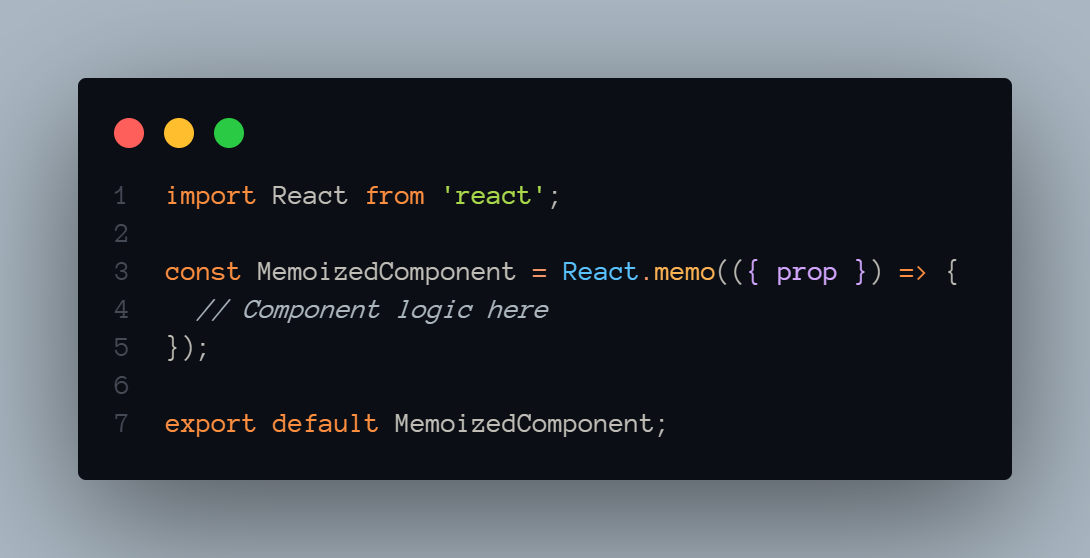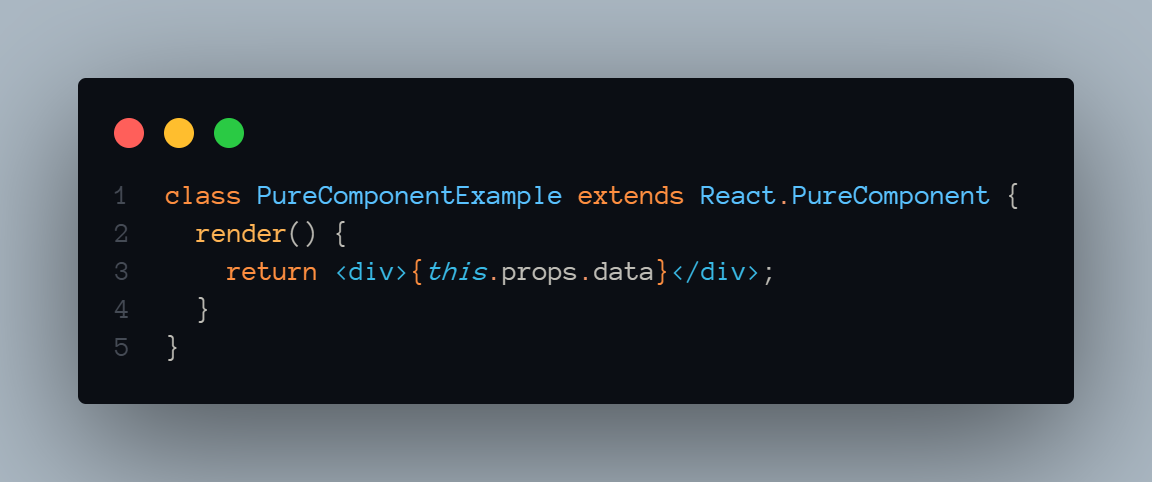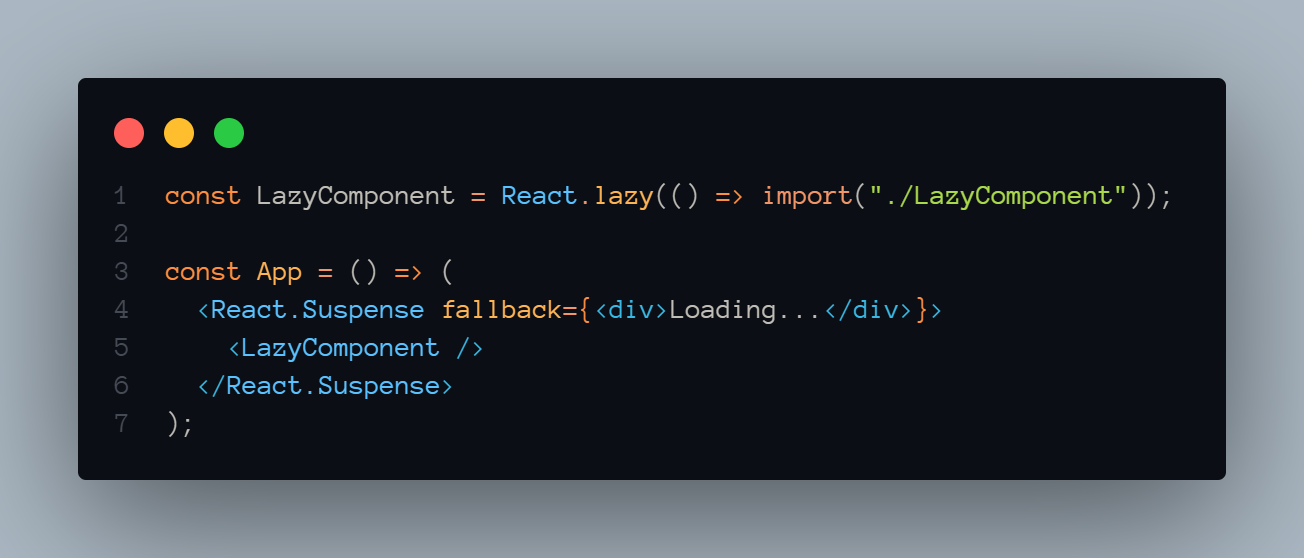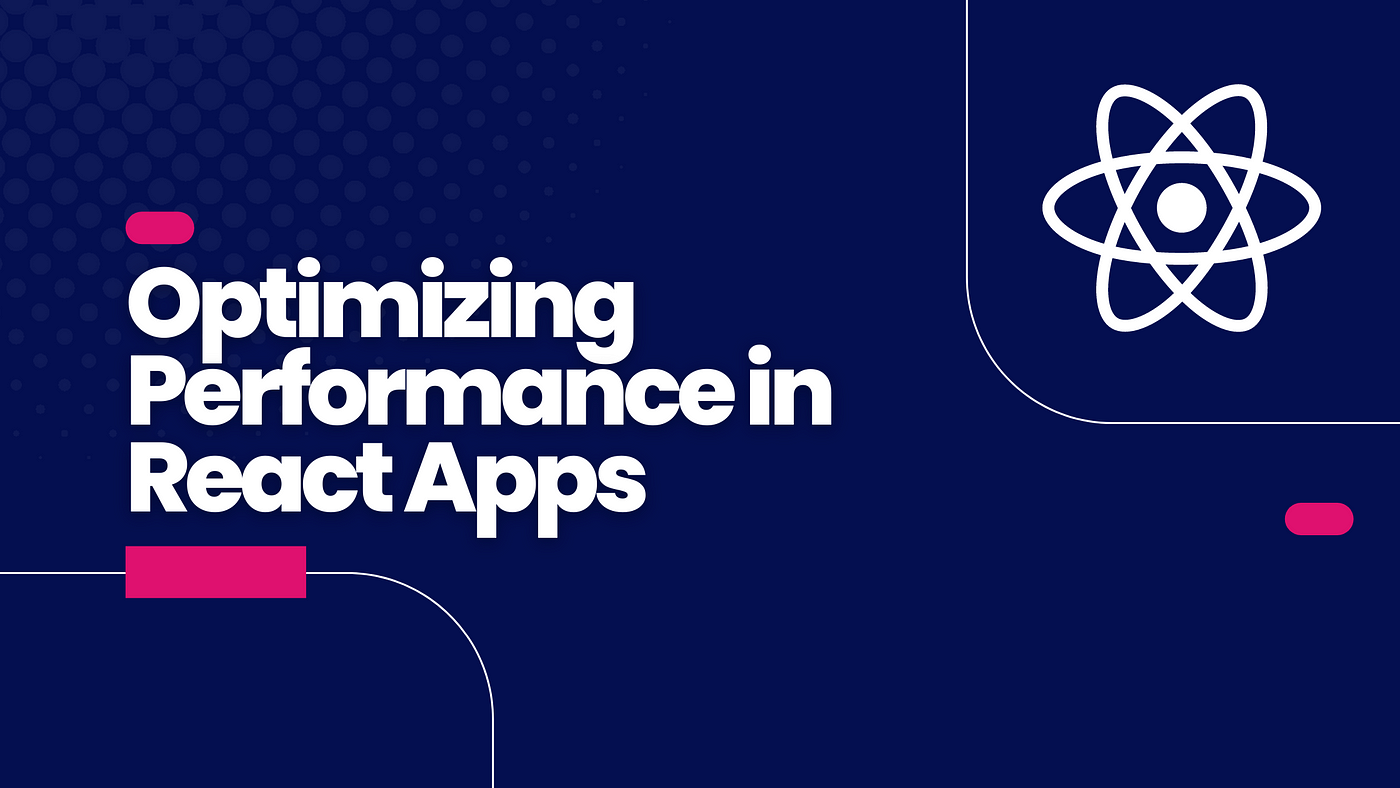React is a powerful library for building user interfaces, but as applications grow in complexity, ensuring optimal performance becomes crucial. In this article, we'll explore various techniques and best practices to optimize the performance of your React applications.
1. Use Functional Components and Hooks
Functional components are more performant than class components. With the introduction of hooks in React 16.8, you can manage state and side effects in functional components, eliminating the need for class components in most cases.

2. Memoization with React.memo()
Use React.memo() to memoize functional components and prevent unnecessary re-rendering. This is especially useful for components that receive props but don't rely on them for rendering.

3. Avoid Unnecessary Renders
Utilize the shouldComponentUpdate lifecycle method or React's PureComponent to prevent unnecessary renders. With functional components, you can use the React.memo() HOC or implement custom comparison logic within the useEffect hook.

4. Optimize Rendering with Virtualization
For long lists or tables, consider using a virtualization library like react-virtualized or react-window. These libraries render only the items currently in view, reducing the DOM size and improving performance.
5. Code Splitting
Implement code splitting to load only the necessary components when they are needed. This can significantly reduce the initial bundle size and improve the application's load time.

6. Optimize Images and Assets
Compress images and other assets to reduce their file size. Consider using formats like WebP for images and SVG for vector graphics. Lazy loading images with the loading="lazy" attribute can also improve initial page load times.

7. Bundle Analysis and Optimization
Regularly analyze your application's bundle using tools like Webpack Bundle Analyzer. Identify large dependencies or unnecessary libraries and consider alternatives or code splitting.
8. Use Memoization Libraries
Libraries like Reselect can help memoize selectors, preventing unnecessary recalculations of derived data.

9. Profile and Debug Performance
Leverage browser developer tools to profile and debug your application's performance. Identify bottlenecks, optimize critical paths, and eliminate unnecessary operations.
Conclusion
Optimizing performance in React applications is an ongoing process. By employing these techniques and staying mindful of performance considerations, you can ensure that your applications remain fast and responsive even as they scale in complexity. Keep an eye on the latest best practices and tools to stay at the forefront of performance optimization in React development.

